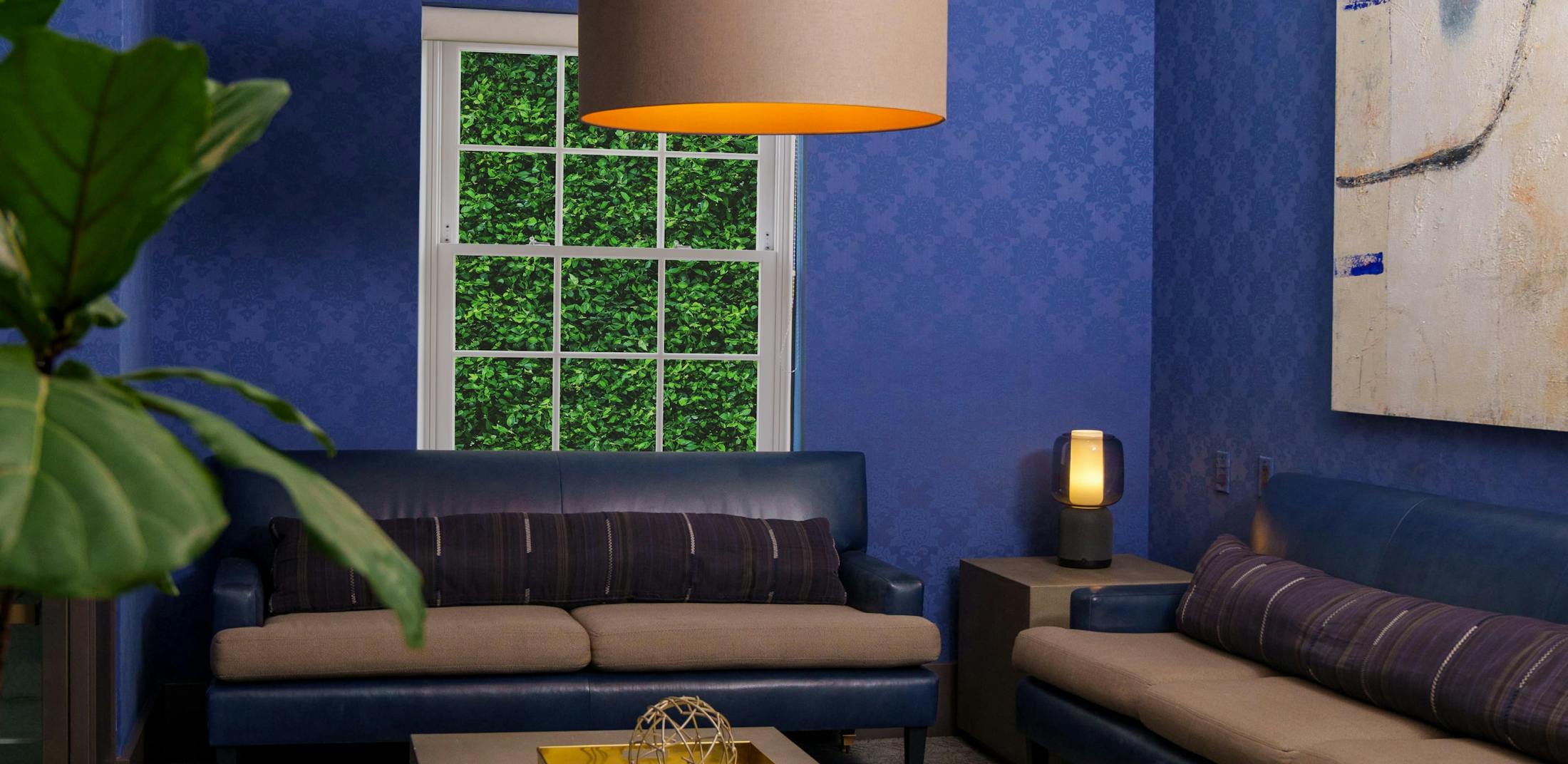
When you’re looking to set back the clock on your appearance, facial rejuvenation may just be the thing to fit the bill. It helps improve the youthful appearance of your face and can shave years off your look. It’s all about tightening the face, because as we age our skin becomes thinner and less taut, and we lose fullness; resulting in fine lines, wrinkles, and droopiness of some facial features. Because volume loss is a major component of facial aging, volume augmentation is a common addition during facial rejuvenation procedures.
It’s important to know that there are different options when it comes to facial rejuvenation, the one you choose will depend on your desired results and, of course, the advice of a trusted healthcare professional who can perform the procedure. There are surgical options as well as injectables…we’ll go over both as well as what you can expect from each one, in order to help you make an informed decision as to which option is best for you!
Surgical facial rejuvenation
As you likely know, surgical facial rejuvenation (or rhytidectomy) involve the removal of loose skin and fat, and the repositioning of muscles to provide a more youthful appearance; that must only be done by a board certified, licensed surgeon. It can greatly improve the appearance of your cheeks, jowls and jawline by removing excess, saggy skin. It also helps reduce wrinkles and folds around the nose and mouth. This may be the most impactful way of addressing the issue of loose skin in the jowl area.
Benefits of surgical facial rejuvenation: The results are permanent, relatively predictable, and further treatment is usually not necessary, unlike non-surgical options. This option is best for those with significant sagging, or those who want a one-and-done procedure to look younger. Maintenance and upkeep may be required, depending on the rate of how you age.
Limitations of surgical facial rejuvenation: Some downtime is required as your face heals from surgery. While you may see some results immediately afterwards, swelling will resolve within four to six weeks revealing your final results. Dr. Torkian’s technique makes scars virtually invisible within 2 weeks. While some patients may qualify for a simple, local anesthetic or twilight sedation, anesthesia is preferred, this option may not be suitable for everyone.
Injectables
Since volume loss is a major component of facial aging, non-surgical facial rejuvenation usually involves some sort of injectable, such as dermal fillers. Not to be confused with BOTOX, a muscle weakener, dermal fillers act to replace lost fat, bone, and connective tissue volume in your face. With dermal fillers, a formulated gel is injected below the surface of the skin. This can fill out parts of the face that have lost their fullness, and some even stimulate the body’s own collagen production in order to provide volume replacement. Natural looking results are in the hands of the injector and the patient – just enough and you could receive your desired results. On the contrary, too much of a good thing can have the opposite effect and produce unnatural looking results.
Botox and other similar injections such as Dysport, work by essentially weakening the underlying muscles of your face. This helps relax the muscles that cause wrinkles, such as: crow’s feet, “eleven lines” between the brows, or forehead lines that result from repetitive facial movements; resulting in the appearance of a younger more youthful you. More importantly, the use of neuromodulators such as BOTOX and Dysport can prevent the etching of permanent wrinkles into your skin.
Benefits of non-surgical facial rejuvenation: While filler treatments remain a critical adjunctive support treatment for surgical facial rejuvenation, some injectables have the ability to be reversed if the results are not what you expected. Repeated treatments can also provide greater longevity in the results of your treatments. There is often little to no downtime involved, thus allowing one to include other interesting procedures that can add to their results!
Limitations of non-surgical facial rejuvenation: Results are not permanent with non-surgical facial rejuvenation treatments. Most injectables last anywhere from six months to two years. Some procedures may require multiple office visits, and the results may be subtle at first, until you’ve received several treatments.
Which option you decide to go with is highly dependent upon your wants and needs. Be sure to discuss all concerns and desires with your provider in order to come to an informed decision as to which procedure is right for you. With the right health care professional, you can be on your way to looking as young as you feel!

